The recent, tragic death of George Floyd and the resulting Black Lives Matter protests currently occurring throughout the United States and the world have fanned the flames of a movement that has burned for over sixty-five years. With new names and organizations entering the movement, the fight for civil rights continues to bring light to the darkness that social injustice and hate crimes create.
The current state of violence aimed at Black people and other minority groups has caused me to reflect on ways in which I have been both supportive of and problematic to the civil rights effort. In response, I’ve decided, among other things, to start this column which will focus on how the Church can positively participate in progressive justice movements. I am calling this column “Justice is a Verb”, which is a nod to Micah 6:8 where we are explicitly told to, “Do Justice”. This passage teaches us that Justice is an action. It is not passive, but something that we are supposed to do. Reading is important because it increases our empathy and understanding, but that’s just the first step. Justice requires action.
With that in mind, I have decided to use the first few articles to reflect on historical movements within the Presbyterian Church during the Civil Rights Movement to discover ways in which congregations can positively participate in the current movement for justice and equity. In the future I will use this space to discuss other issues facing marginalized communities and how the church can be a trusted ally and support those communities.
I want to be clear that while I am writing about positive movements for justice within the Church, this is not an attempt to whitewash the problematic practices that denominations and congregations have participated in and, in some cases, continue to participate in. Instead, this is an attempt to discover particular strategies within the context of historical religious movements in the Presbyterian Church that can be adapted to support the current Black Lives Matter movement.
While the push for civil rights was primarily a socio-political movement, Christianity often found itself in a position of integral importance throughout the surrounding arguments and debates. This is because the interpretation of religious texts can, within itself, be used to promote peace and justice within communities or to repress social movement and equality. For example, leaders of the Civil Rights Movement like Rev. Dr. Martin Luther King Jr eluded to scripture to argue for equality of all people. Simultaneously, the Ku Klux Klan (KKK), a non-affiliated religious extremist organization, used – and continues to use – religion and scriptural text to justify both the threat of and the act of physical violence.
The Presbyterian denomination made steps to promote peace and justice during the Civil Rights Movement through actions like giving Black students a safe space to study, worship, and grow on campuses like the University of Arkansas when other denominational student ministries, especially in the South, remained segregated (Kilpatrick, 2009, p.137). They also held conventions that brought in Black leaders like Rev. Dr. King to speak before audiences of Black and white Presbyterian ministers and congregants (Montreat College Library, 2017). However, before diving into the argument that Presbyterians were able to use their privileged societal status as a means to support the Black community in their efforts for civil rights, it is important to understand the Church’s own history of segregation and discrimination.
The Presbyterian Church certainly made efforts to promote a desegregated civil community, but in many ways, they were slow in their own journey to desegregation and social justice. In her article Reflections on Religion and the Civil Rights Movement, Carolyn Dupont (2016) points out that, “Methodists and Presbyterians segregated their Black communicants into racially defined administrative units so that no pastor would serve a congregation of the opposite race and spiritual fellowship never crossed racial boundaries.” In other words, Presbyterians and Methodists contained a small percentage of Black congregations but were not comfortable sharing spaces of worship.
Furthermore, the Presbyterians continued to segregate their annual General Assembly meetings until 1950. Black Presbyterians ate in the kitchen while their white counterparts ate meals in the dining hall at annual denominational meetings (Dupont, 2016). In 1950, Presbyterians addressed segregation within their denominations and decided to end the segregation of Black and white synods. According to Dupont (2015, p.54), they debated the proposal, and after a particularly strong anti-segregation speech, “The General Assembly responded… with ‘thunderous applause,’ and the motion to abolish the segregated synod carried overwhelmingly.”
While the Presbyterian Church vowed to end segregation, the process among individual churches within the denomination was slow. As a result of the General Assembly vote, some white congregations voted to dissociate themselves from the Presbyterian Church. Many congregations who chose to remain within the denomination resisted pressure or outright refused to desegregate (Blackwelder, 1979, p.333). Therefore, the Presbyterian Church during the 1950’s is evidence that while a denomination collectively may respond to institutional restructuring in a positive way, the practical application of that change may meet resistance at the local level.
The second article in this mini-series will focus on theories and examples of majority and minority denominations. I will show how, as minority denominations, the Presbyterian Church of the 1950s and 1960s did not face the encumbering immovability of power and institutionalism in the same way that larger denominations like the Southern Baptist Convention did. Instead, the Presbyterian Church, as well as congregations and individual leaders within those denominations, had more freedom to walk alongside Black people in their efforts to promote civil rights.
Thank you for reading. But remember, justice requires action, so what are you going to do?
Blackwelder, J.K., 1979. Southern White Fundamentalists and the Civil Rights Movement. Clark Atlanta University, 40(4), pp.334–341.
Dupont, C.R., 2015. Mississippi praying: southern white evangelicals and the civil rights movement, 1945-1975. New York: New York University Press.
Dupont, C.R., 2016. Reflections on religion and the Civil Rights Movement. [online] OUPblog. Available at: <https://blog.oup.com/2016/04/religion-civil-rights-movement/> [Accessed 2 Jan. 2019].
HISTORY. 2020. Birmingham Church Bombing. [online] Available at: <https://www.history.com/topics/1960s/birmingham-church-bombing> [Accessed 10 June 2020].
Kilpatrick, J., 2009. Desegregating the University of Arkansas School of Law: L. Clifford Davis and the Six Pioneers. The Arkansas Historical Quarterly, LXVIII(2), pp.123–156.
Jaynes, G.D., 2018. Little Rock Nine. [online] Encyclopædia Britannica. Available at: <https://www.britannica.com/topic/Little-Rock-Nine> [Accessed 10 Jan. 2019].
Montreat College Library, 2017. Montreat College LibGuides: From the Archives: Rev. Martin Luther Kings Speaks at Montreat. [online] Rev. Martin Luther Kings Speaks at Montreat – From the Archives – Montreat College LibGuides at Montreat College. Available at: <http://montreat.libguides.com/fta/february> [Accessed 5 Jan. 2019].
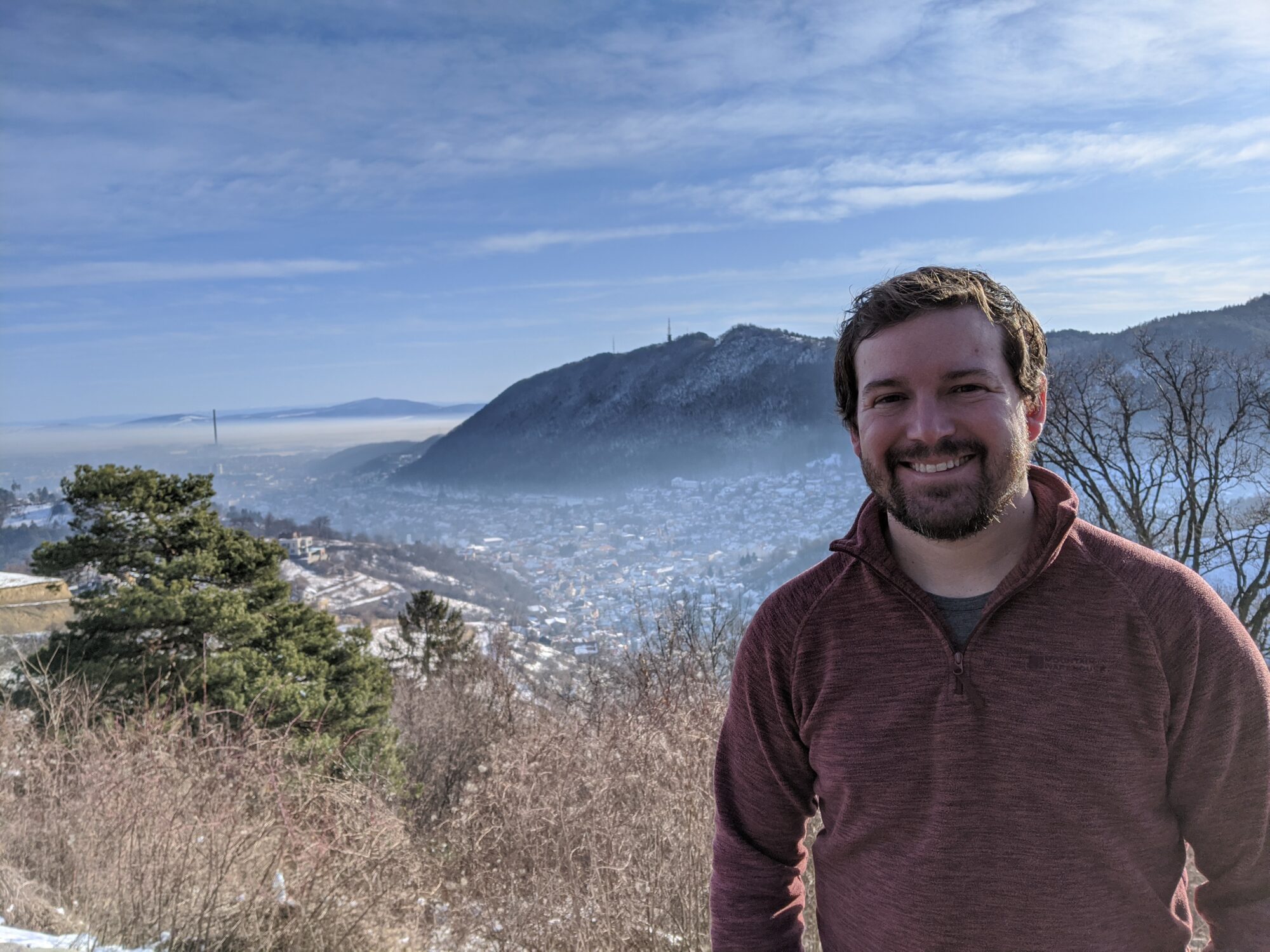
David Mills is a graduate of the Senator George J. Mitchell Institute for Global Peace, Security and Justice at Queen’s University Belfast with a MA in Conflict Transformation and Social Justice. David previously served as a Global Scholar for Rotary International and is a 2020 Ambassador for the Institute for Economics and Peace. His previous research focuses on identity and the impact of anti-immigration rhetoric on the lives and well-being of the Latinx community legally living in the United States.

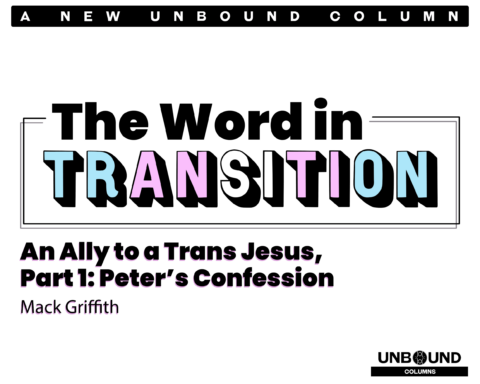

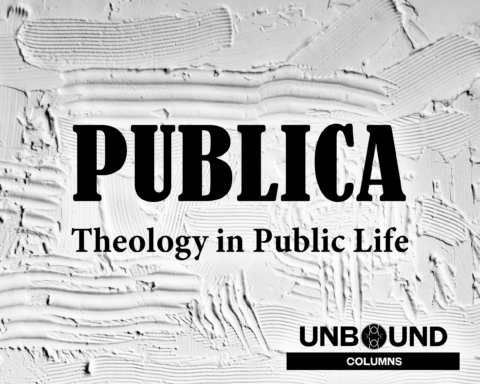
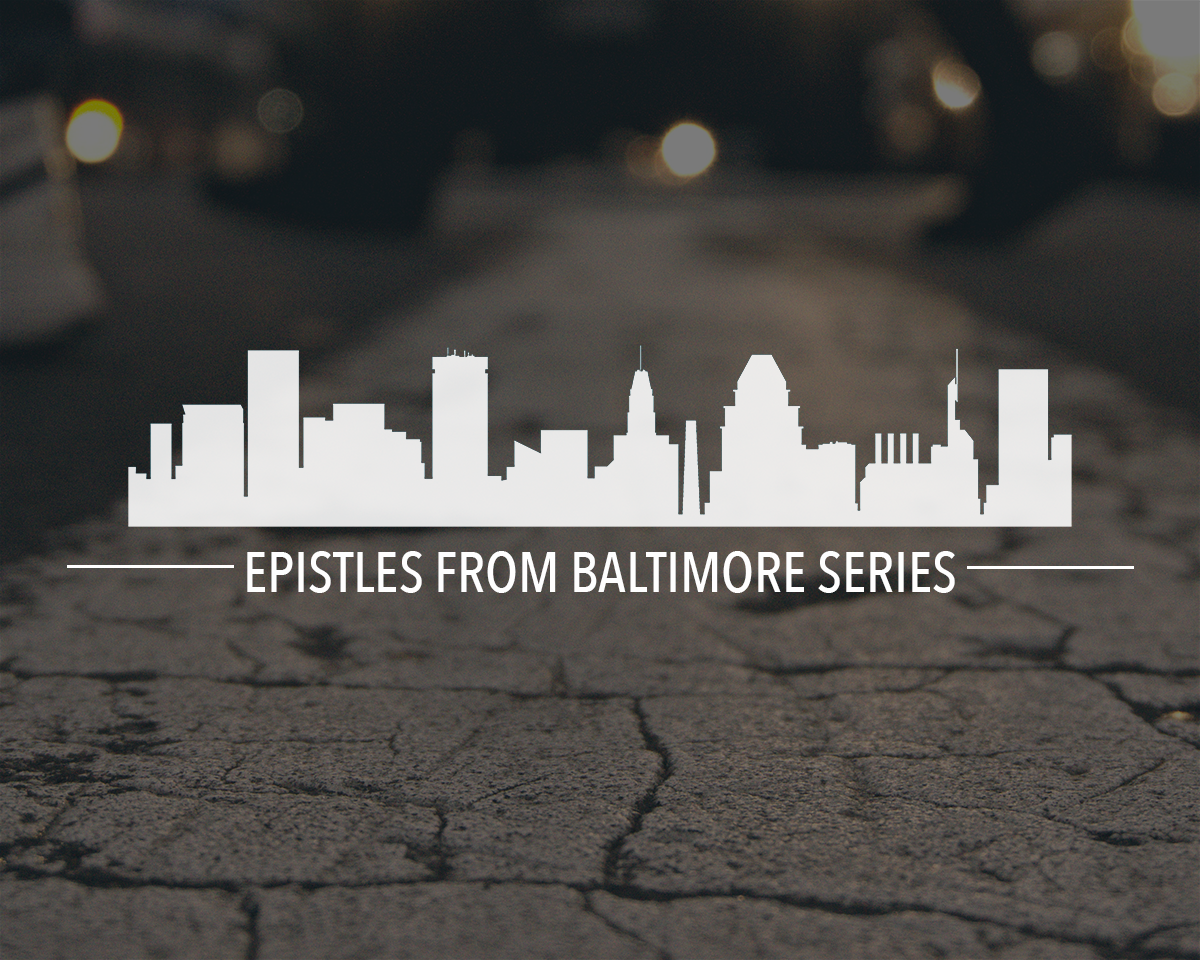
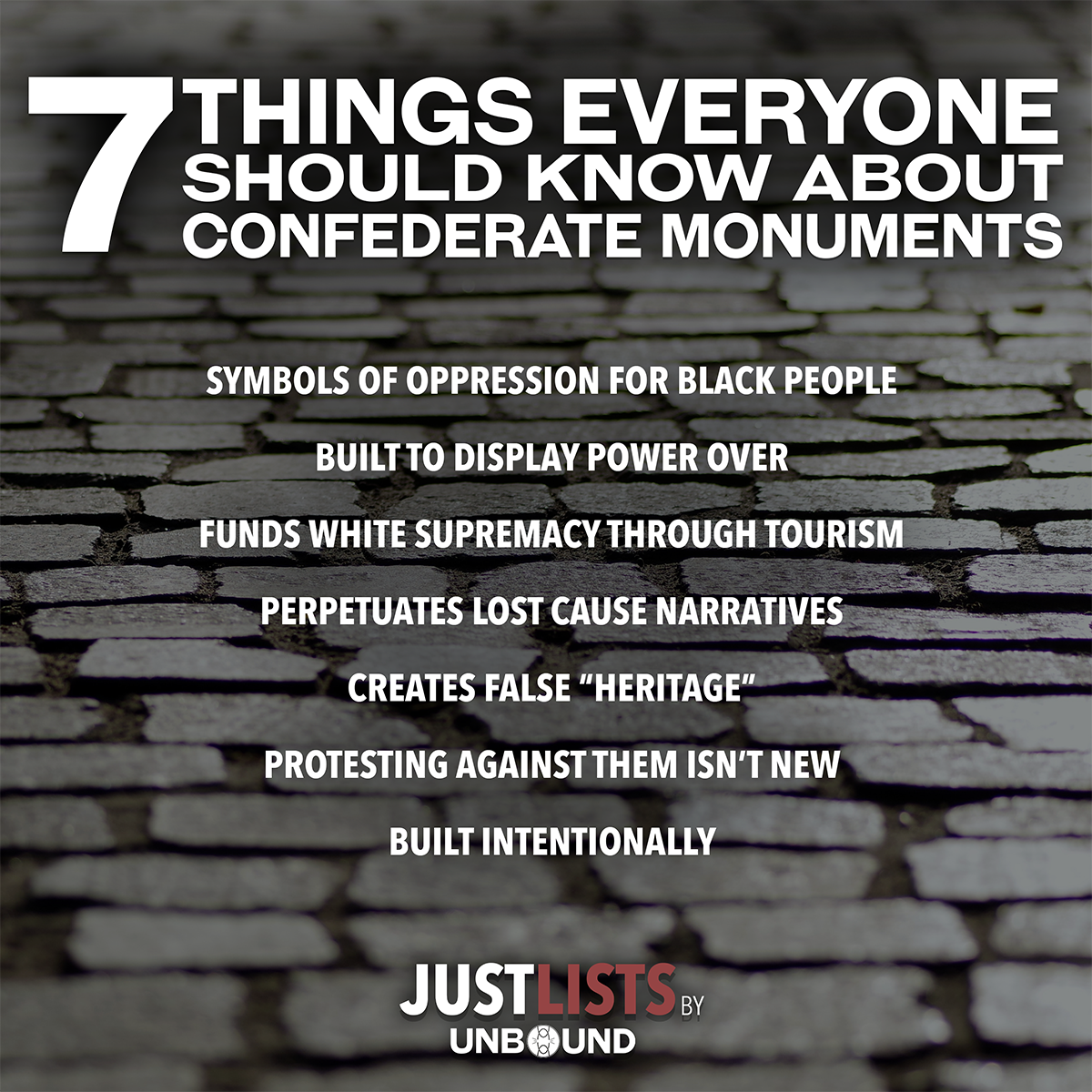
Unbound Social